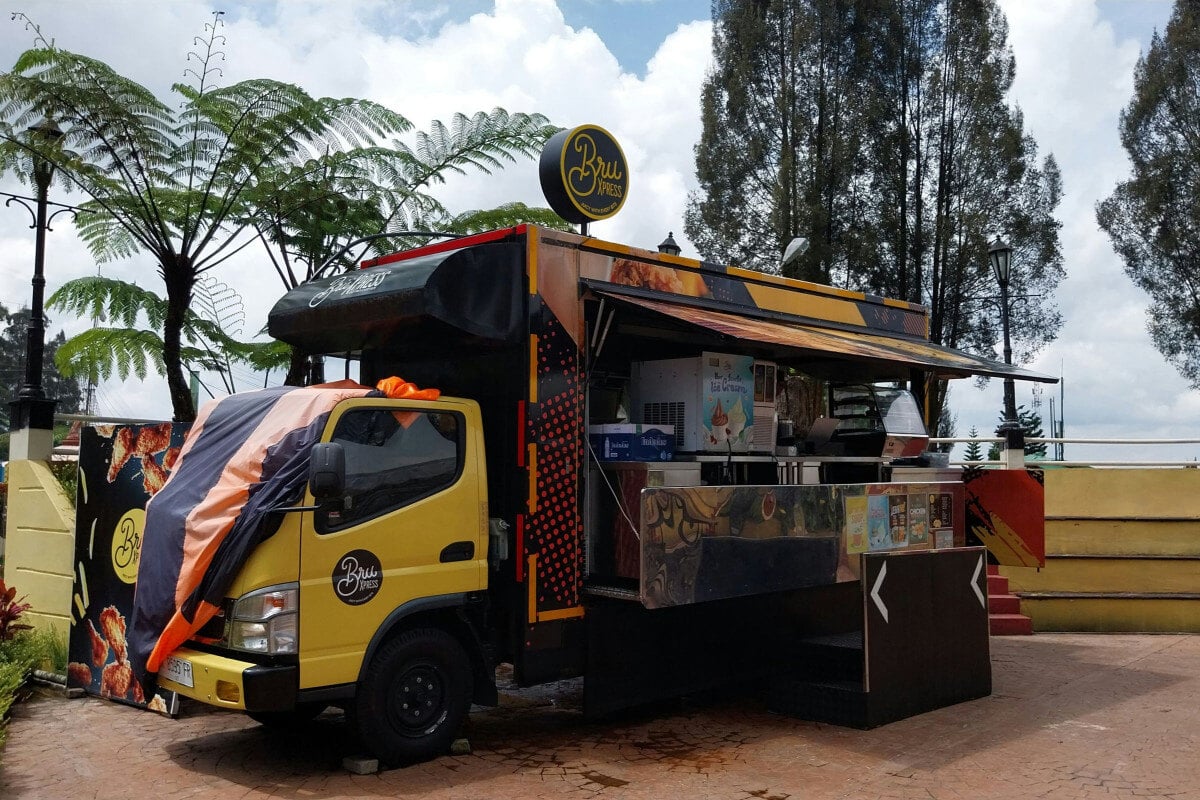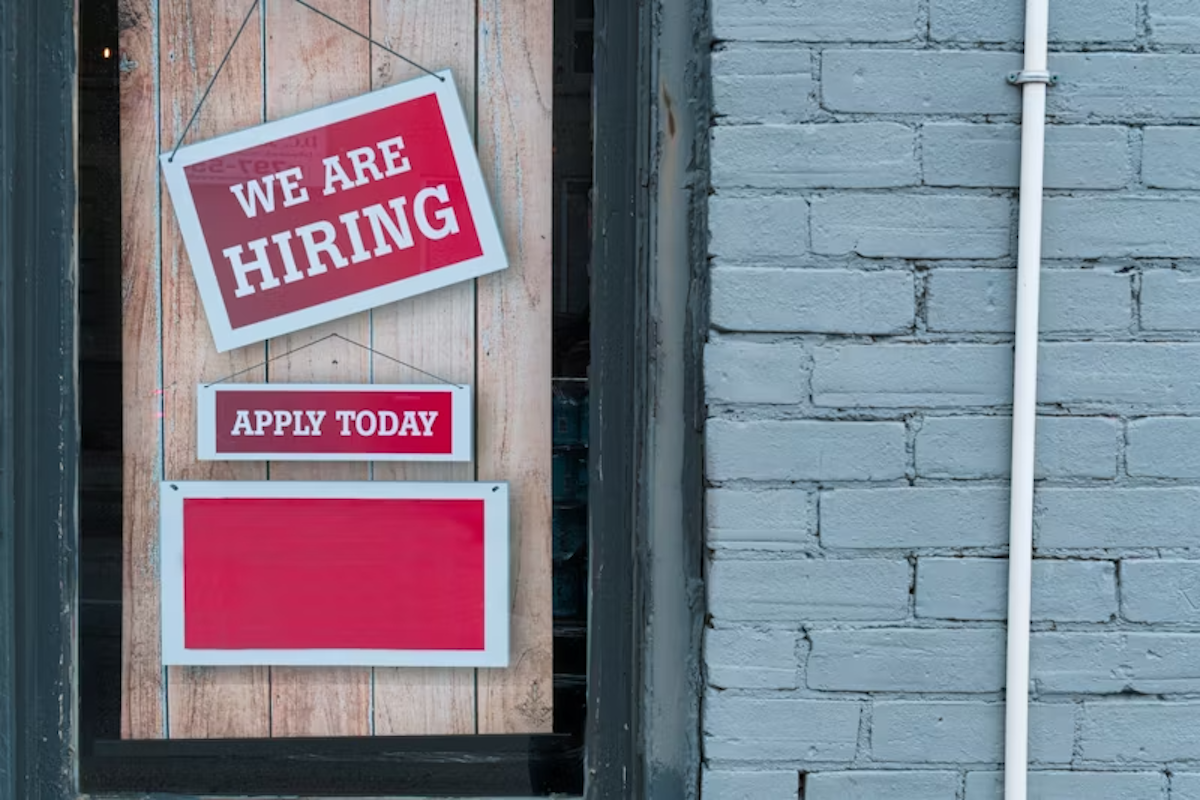5 Hospitality Payroll Software Platforms You Need to See
Running payroll shouldn’t feel like trying to balance a tray of drinks during a dinner rush. But for a lot of hospitality teams, it unfortunately...
Is your brand tapping into these three unshakeable pillars of guest loyalty in 2025?
6 min read
Oct 24, 2024

Securing clients, perfecting a mouth-watering menu, and stocking up on beverages is just the beginning of having a successful catering business. The real challenge? Ensuring that your culinary creations arrive in pristine condition. Enter the indispensable catering van.
These cargo vans aren't just regular delivery vehicles, they’re as vital to caterers as a reliable truck is to plumbers or a limo to chauffeurs. Simply put, no van means no delivery.
Within this article, we’ll walk you through the ins and outs of selecting an ideal catering van while considering logistical necessities, financial implications, and legal requirements—all of which are essential for your catering business to get traction and succeed long-term.
In the catering industry, it’s not just the taste of your food that wins clients, it’s also the presentation and arrangement. Whether you’re whisking away on gourmet dishes or preparing a feast on-site, nothing beats having a trusty vehicle by your side. Your catering van is part kitchen-on-the-go, part delivery workhorse, and an all-around business ally.
Think of catering vehicles as much more than mere wheels for transit, they’re crucial to keeping your operation running like clockwork.
These vehicles ensure that meals, equipment, and daily service materials like cleaning supplies reach patrons in the same condition they leave the kitchen, whether managing a large-scale event or handling multiple food delivery orders.
For many catering businesses, a van is the heartbeat of their business (along with the pots and pans), keeping everything moving from kitchen to customer.

Catering vans are delivery trucks designed to transport food safely from your kitchen to each event. However, they take on many forms that are as unique as your catering business:
The right catering vehicle becomes an extension of your catering business plan, and when combined with a digital ordering system, your whole operation becomes modernized and more efficient.
Choosing the right catering delivery van is a decision that impacts the efficiency, profitability, and overall success of catering businesses. So, what is the best van for your catering business?
From delivery logistics to how far you need to drive, let's take a look at the factors to consider when picking one out.
Selecting a catering van that suits your business size is like picking the perfect pair of shoes—too small, and you'll struggle to fit everything. Too large, and resources are wasted.
To get a realistic estimate of how much space you’ll need, practice placing equipment into the trunk of an existing vehicle. Consider which equipment, dishes, or other suppliers are heavy or unwieldy and account for these when considering catering vehicles.
For grand-scale events, opt for a larger van with enough storage room to ferry all essentials from piping hot meals to utensils in one trip. In the end, it’s better to err on the side of more than enough space than not enough.
The functionality of your catering van can make or break your workflow. Features like built-in refrigeration units and customized shelving are essential to keep food fresh and uncontaminated while making use of all storage space.
For restaurants and catering businesses with online ordering, outfitting vans with cell tower and radio tech becomes especially important. Antennas and radios should be fitted to keep in touch with other company staff as necessary while on the move.
Choose a van that sips gas rather than guzzles, and you'll see significant mileage savings pile up over time. This is even more vital for catering companies that rack up miles with frequent deliveries.
Treat your van like the valuable team member it is by conducting periodic maintenance to prevent those expensive fixes down the line. Finding a sustainable balance between what you pay at first and what it takes to keep the van on the road helps you secure a vehicle that satisfies both financial sensibility and business ambitions.

When on the lookout for a catering van, there are seven core features you can’t skip when it comes to efficiency and service quality. Here are the features to look for:
Budgeting for a catering van involves more than just the sticker price. Here are four other components to make a high priority:
The operation of a catering van comes with the same legal requirements and regulations as a caterer (catering business license and food handling certification), but with the addition of vehicle-specific permits:
If your catering van is more of a catering truck, your drivers will also need a commercial driver’s license (CDL). It takes the average driver seven to eight weeks to get their CDL, so plan accordingly.
Making the most of a catering van relies heavily on smart organization and regular upkeep. A well-maintained, efficiently organized van not only speeds up service but also cuts down on errors. Here are six wise tips to maximize your van’s potential:
Your catering van isn’t just a vehicle—it’s the engine (literally and figuratively) that drives your business forward. Choosing wisely can boost your service, streamline operations, and help your catering venture flourish.
Whether it’s your first van, or the newest member of your fleet, navigating through decisions like size and customization while staying mindful of legal and financial requirements ensures you're set for success. Your perfect van is waiting for you!
Ready to elevate your game? Dive into the 2024 Loyalty Guide to keep your catering customers coming back for more, plus uncover ways to enhance your catering offerings by integrating online ordering and delivery.
Need catering software to complement your catering van? Book a demo today for a firsthand overview of how Paytronix can support your business.

Running payroll shouldn’t feel like trying to balance a tray of drinks during a dinner rush. But for a lot of hospitality teams, it unfortunately...

Staffing challenges in restaurants and c-stores aren't new—but as of 2025, they're shifting in ways that call for sharp thinking and adaptable...

Having customers who are interested in your products and who continue to make purchases is one of the most rewarding parts of running your own store....